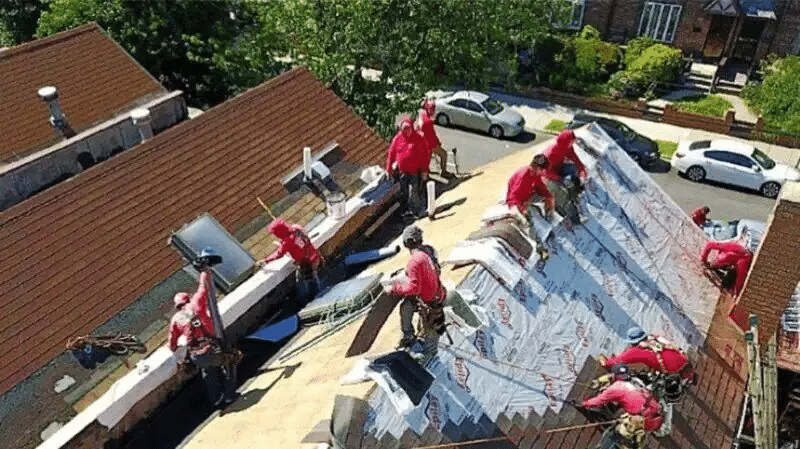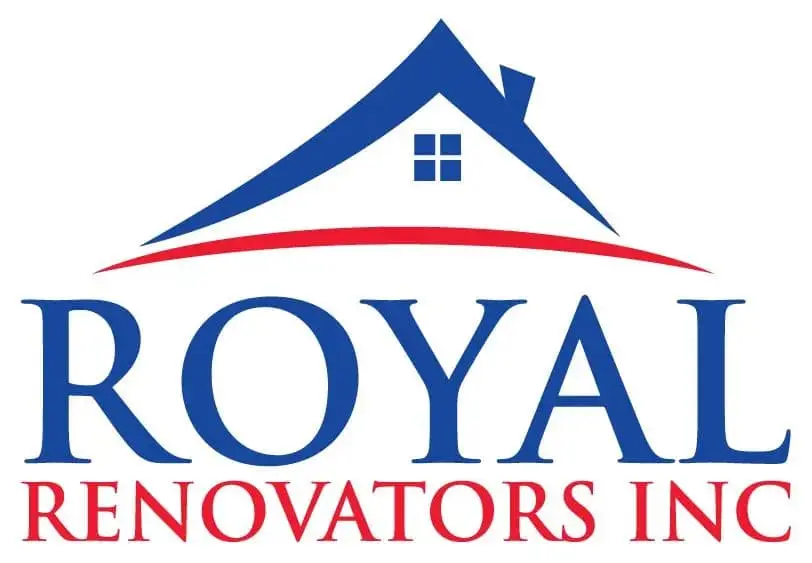Roof Safety: Precautions For Homeowners And Roofing Professionals

Maintaining a safe and secure roof is a critical concern for both homeowners and roofing professionals. Whether you’re planning a DIY roofing project or hiring a roofing contractor, understanding and implementing proper safety practices is essential to preventing accidents and injuries. We’ll explore the key safety considerations for working on roofs, covering best practices for both roofing professionals and homeowners.
Roof Safety for Homeowners
As a homeowner, it’s important to recognize the inherent risks involved in accessing and working on your roof. Even simple tasks, such as clearing debris or inspecting for damage, can be hazardous if the proper safety precautions are not taken. Below are some tips to keep in mind:
- Assess Your Roof’s Condition: Before attempting any work on your roof, carefully inspect it for signs of wear, damage, or instability. Look for loose, cracked, or missing shingles, as well as any areas that appear to be compromised. If you notice any significant issues, it’s best to consult a roofing contractor for a professional assessment.
- Use Proper Protective Equipment: When accessing your roof, always wear slip-resistant shoes with good traction, as well as a safety harness if working near the edge or on a steeply pitched roof. Additionally, consider wearing eye protection, gloves, and a hard hat to safeguard against falling debris or tools.
- Ensure Stable Footing: Move slowly and cautiously when on the roof, and avoid stepping on areas that appear weak or unstable. Use roof jacks or scaffolding to provide a secure and level working surface, especially on steeper roofs.
- Maintain Three Points of Contact: When moving around on the roof, always maintain three points of contact (two hands and one foot, or two feet and one hand) to ensure a stable and secure grip.
- Avoid Wet or Icy Conditions: Postpone any roofing work if the weather is wet, icy, or windy, as these conditions can significantly increase the risk of slips, falls, and other accidents.
- Secure Tools and Materials: Tether or secure any tools, materials, or equipment to prevent them from falling and potentially causing injury or damage.
- Know Your Limits: Recognize the limitations of your own skills and physical abilities. If a task seems beyond your comfort level or expertise, it’s best to contact a professional roofing contractor for assistance.
Roof Safety for Roofing Professionals
Roofing professionals, such as contractors, installers, and inspectors, face a unique set of safety challenges due to the inherent hazards of working at height. Adhering to industry-standard safety protocols is crucial for protecting both workers and the homeowners they serve. Here are some key safety considerations for roofing professionals:
- Comprehensive Safety Training: Roofing contractors and their employees should undergo comprehensive safety training, covering topics such as fall protection, ladder safety, and hazard identification. Regular refresher courses and ongoing safety education are essential to maintaining a safe work environment.
- Proper Personal Protective Equipment (PPE): Roofing professionals must always wear the appropriate PPE, including hard hats, safety harnesses, safety glasses, gloves, and slip-resistant footwear. Ensure that all PPE is properly fitted, maintained, and used correctly.
- Fall Protection Systems: Roofing professionals should use a combination of guardrails, safety nets, and personal fall arrest systems (PFAS) to mitigate the risk of falls from elevated work surfaces. PFAS, which include full-body harnesses and anchorage points, must be inspected and used in accordance with manufacturer instructions and OSHA regulations.
- Ladder and Scaffold Safety: When accessing the roof, roofing professionals should use properly secured and stabilized ladders or scaffolding. Ensure that all equipment is in good condition and that workers are trained in its safe use.
- Hazard Identification and Communication: Roofing professionals should thoroughly inspect the work site and identify any potential hazards, such as power lines, weak or unstable roof structures, and environmental conditions that could impact safety. Clear communication and coordination among the work crew are essential to mitigating these risks.
- Site Preparation and Housekeeping: Roofing professionals should maintain a clean and organized work area, free from debris and tripping hazards. Ensure that all materials, tools, and equipment are properly stored and secured to prevent them from falling or causing injury.
- Emergency Planning and First Aid: Roofing professionals should have a well-rehearsed emergency plan in place, including access to first aid kits, emergency contact information, and procedures for responding to accidents or injuries.
- Ongoing Safety Monitoring and Improvement: Roofing contractors should regularly review and update their safety protocols, incorporating feedback from workers, industry best practices, and any changes in regulatory requirements. A culture of continuous improvement and accountability is key to maintaining a safe work environment.
By prioritizing safety and implementing these best practices, roofing professionals can effectively mitigate the risks inherent to their work and ensure the well-being of both themselves and the homeowners they serve.
Roof Safety: A Shared Responsibility
Ensuring roof safety is a shared responsibility between homeowners and roofing professionals. By working together and adhering to established safety protocols, we can create a safer and more secure environment for all. Homeowners should strive to maintain the overall condition of their roofs, while roofing contractors should prioritize the safety and training of their workforce.
Conclusion
Remember, roof safety is not just about protecting individuals – it’s about preserving the structural integrity of your home and safeguarding the investments you’ve made in your property. By embracing a culture of safety, we can all contribute to a more secure and resilient roofing industry.
To get a skilled team of roofing professionals, contact us today at 118-35 Queens Blvd Forest Hills, NY 11375 (718) 414-6067 https://www.nycrenovators.com
